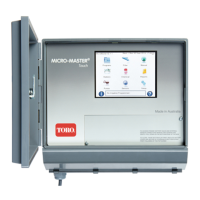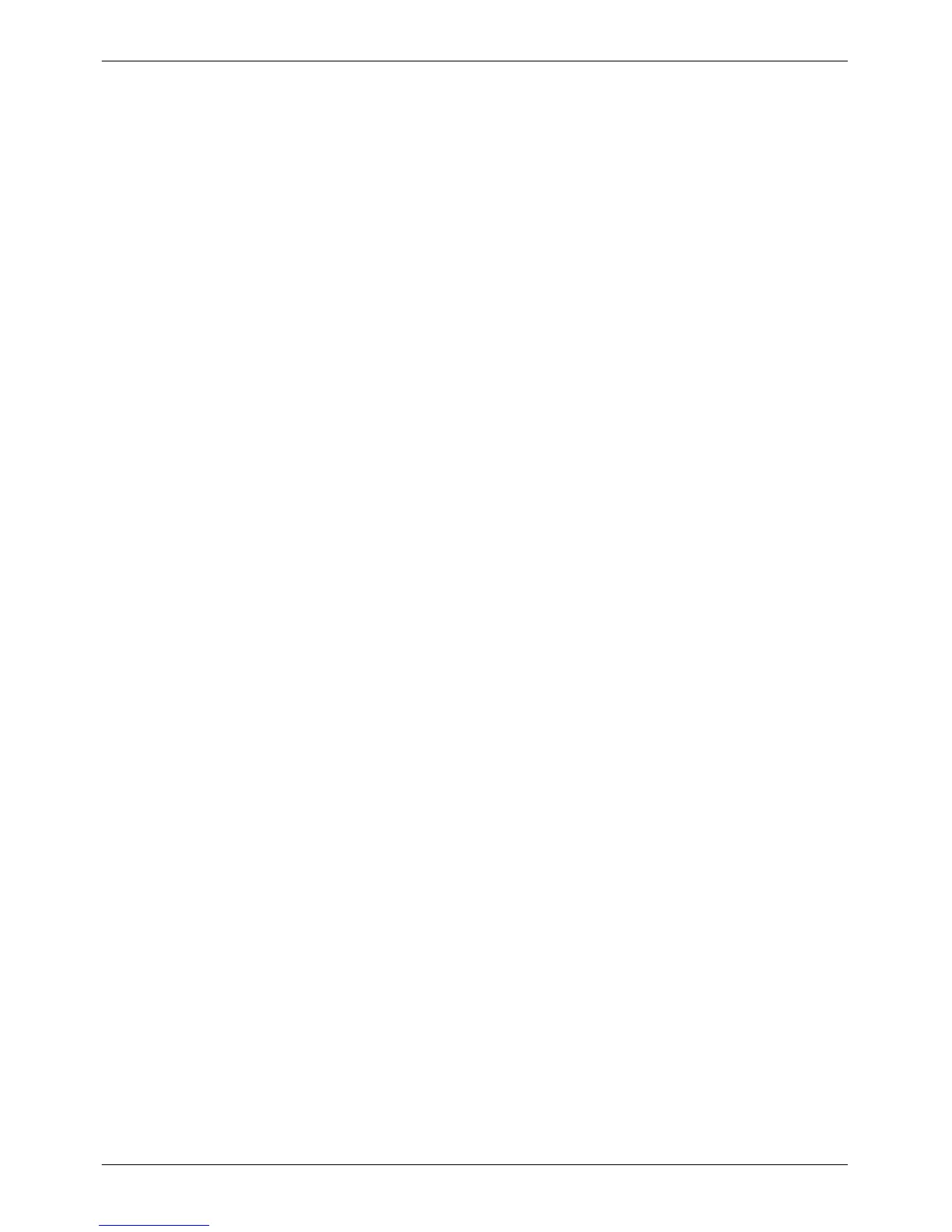Micro-Master Touch User Guide
142
© 2014 Toro Australia Pty Ltd Ver 1.2, June 2014
23 Glossary of Terms
AUTO-SKIP A method of sensing a faulty station, switching it off, and skip to the next station.
CYCLE A programmed irrigation from stations 1-16 or 1 to 32. Can be repeated using
cycle repeats.
CYCLE REPEAT Allows for cyclic watering. i.e. irrigate, allow time to infiltrate, and then apply
more irrigation.
1 = 1 cycle of irrigation.
2= 2 cycles of irrigation etc.
CYCLE DELAY If a cycle repeat value is greater than 1, a delay can be inserted between the
cycles to allow water to infiltrate into the soil. A practice some times called
“Cycle and Soak”.
DAY OF WEEK The day of the week in a 14 day schedule.
DEFAULT The Factory set program values within the controller when the controller is
purchased. Can be reset to DEFAULT values using SETUP key and selecting
CLEAR PROGRAMS.
DIAGNOSTICS A method of testing controller functions if a fault is suspected.
GROUP A selection of valves “grouped” together to operate with a common Runtime
HOLD An input to the controller. When a contact closes across this input the irrigation
will be "Paused" or "Suspended" until the contacts open gain.
HOME SCREEN Controller display in normal time of day outside of irrigation cycle or manual
operation.
MANUAL Allows a single station to be started at any time.
NON SEQUENTIALField valves can be switched on randomly in any order.
PAUSE During a power fail or HOLD input irrigation will be paused until the power fail or
hold is removed.
PROGRAM A combination of entered numbers to determine the time when irrigation will
start, the time watering will occur for, and the days on which this irrigation will
occur.
RAIN SWITCH Allows the operator to switch off all irrigation without modifying any of the
irrigation programs.
RUNTIME The time a valve or group of valves is switched on for irrigation to occur.
SEMI-AUTOMATIC Allows a program (i.e. programs 1 to 8) to be started at any time regardless of
the programmed start times.
SENSOR INPUT An input to the controller to allow external sensors to have some control on the
controller operation.
SENSOR A sensor “senses” external conditions and operates a switch if a pre-defined
condition is reached. Typical sensors are Pressure, Flow, Water Level etc.
SEQUENTIAL Field valves will be switched in sequence ,starting from the valve connected to
station 1 and increasing to the last station programmed.

